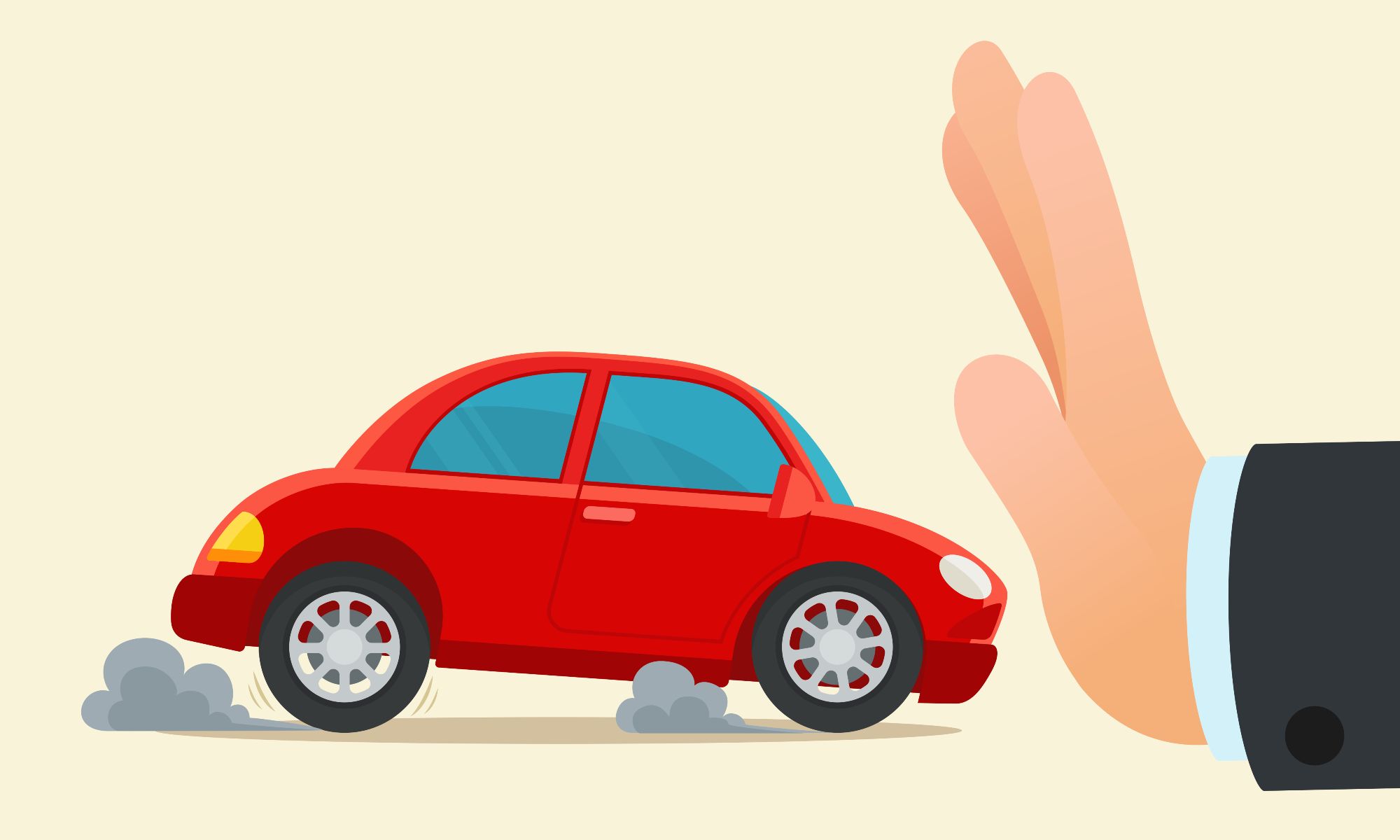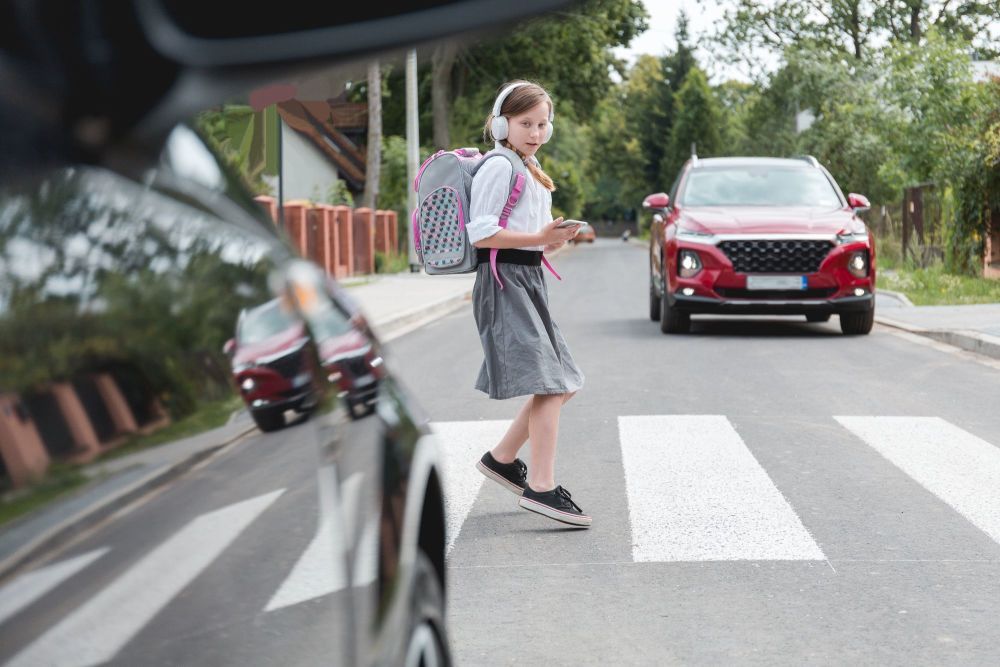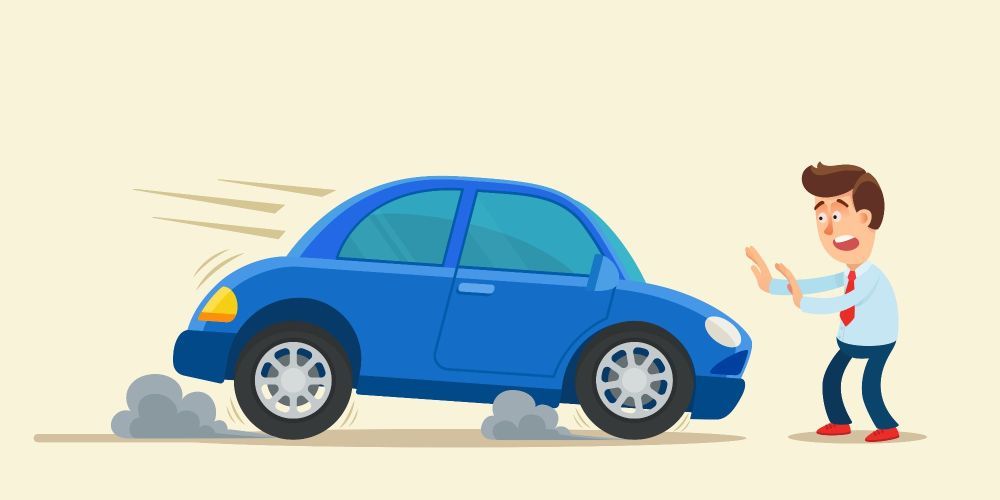- Home
- Lessons
- Areas
- Instructor Training
- Train Now Pay Later Driving Instructor Training
- ADI Standards Check Training Telford
- Complete Online Driving Instructor Training Courses
- DVSA ORDIT Driving Instructor Training
- Train To Become Driving Instructor Telford Shropshire
- Failed Adi Part 2 or ADI Part 3?
- ADI Part Two Training Shropshire
- ADI Part 2 Training Featherstone
- ADI Part 3 Training Telford Shropshire
- Female Driving Instructors
- Rates
- Drive Now Pay Later
- BOOKS
- Learning Hub
- Roundabouts
- Pulling Up On The Right and Reverse two car lengths
- How to deal with Y junctions in Telford
- Dealing with Yellow Box Junctions
- How To Forward Bay Park UK
- Parallel Parking How to do it
- How To Deal With Filter Lights
- Driving test Manoeuvres
- Trench Lock Roundabout Telford - Driving Test Tips
- Trench Lock Roundabout From Trench Lock Garage
- Jobs
- News
- Contact Us
- Home
- Lessons
- Areas
- Instructor Training
- Train Now Pay Later Driving Instructor Training
- ADI Standards Check Training Telford
- Complete Online Driving Instructor Training Courses
- DVSA ORDIT Driving Instructor Training
- Train To Become Driving Instructor Telford Shropshire
- Failed Adi Part 2 or ADI Part 3?
- ADI Part Two Training Shropshire
- ADI Part 2 Training Featherstone
- ADI Part 3 Training Telford Shropshire
- Female Driving Instructors
- Rates
- Drive Now Pay Later
- BOOKS
- Learning Hub
- Roundabouts
- Pulling Up On The Right and Reverse two car lengths
- How to deal with Y junctions in Telford
- Dealing with Yellow Box Junctions
- How To Forward Bay Park UK
- Parallel Parking How to do it
- How To Deal With Filter Lights
- Driving test Manoeuvres
- Trench Lock Roundabout Telford - Driving Test Tips
- Trench Lock Roundabout From Trench Lock Garage
- Jobs
- News
- Contact Us














